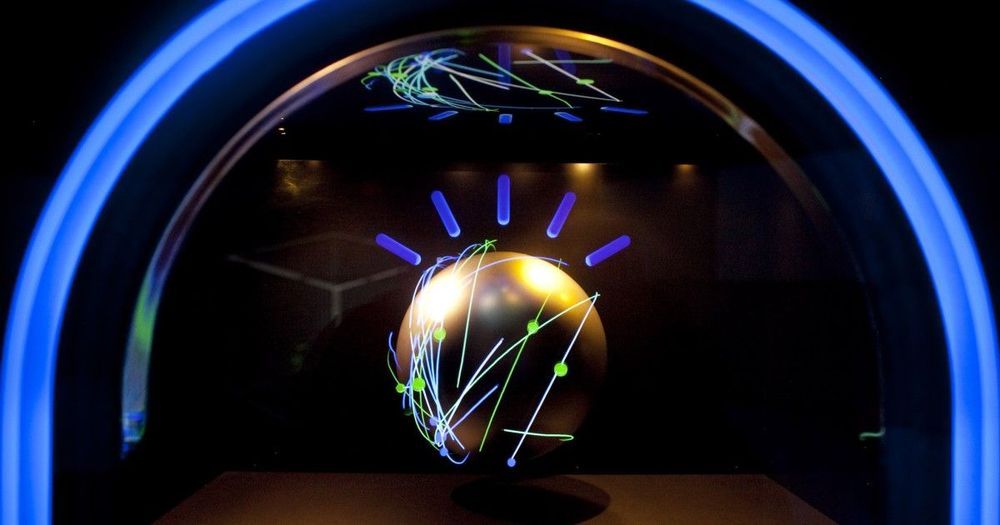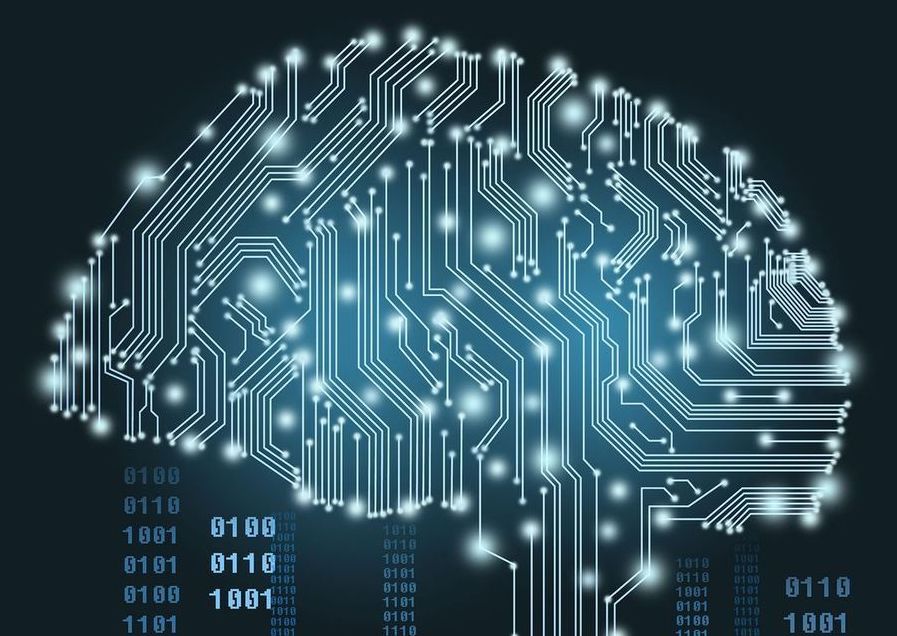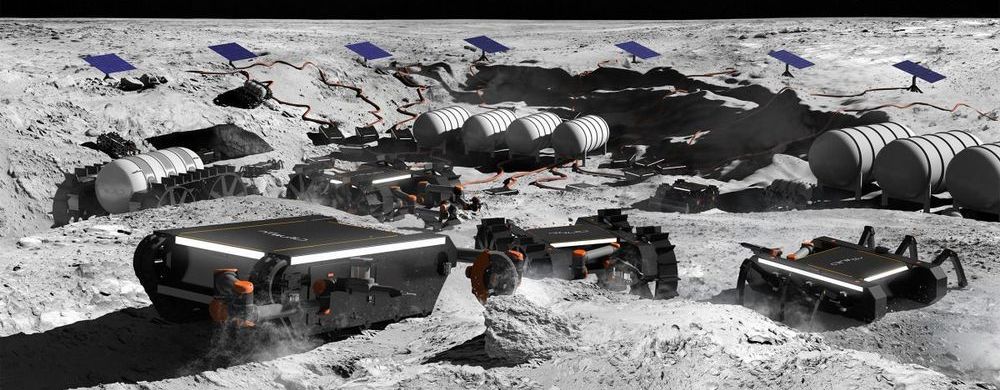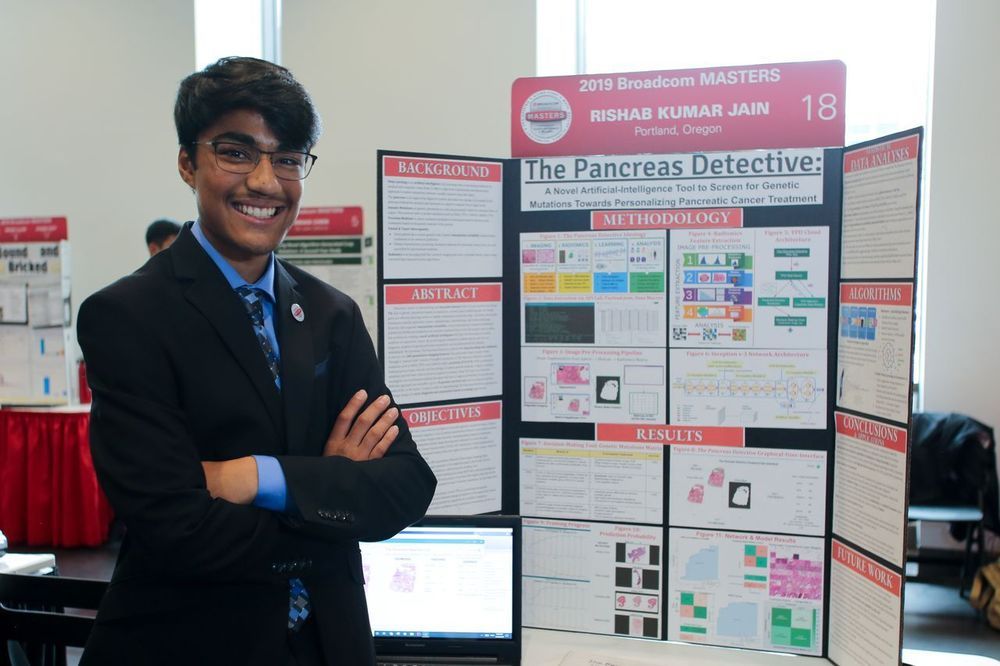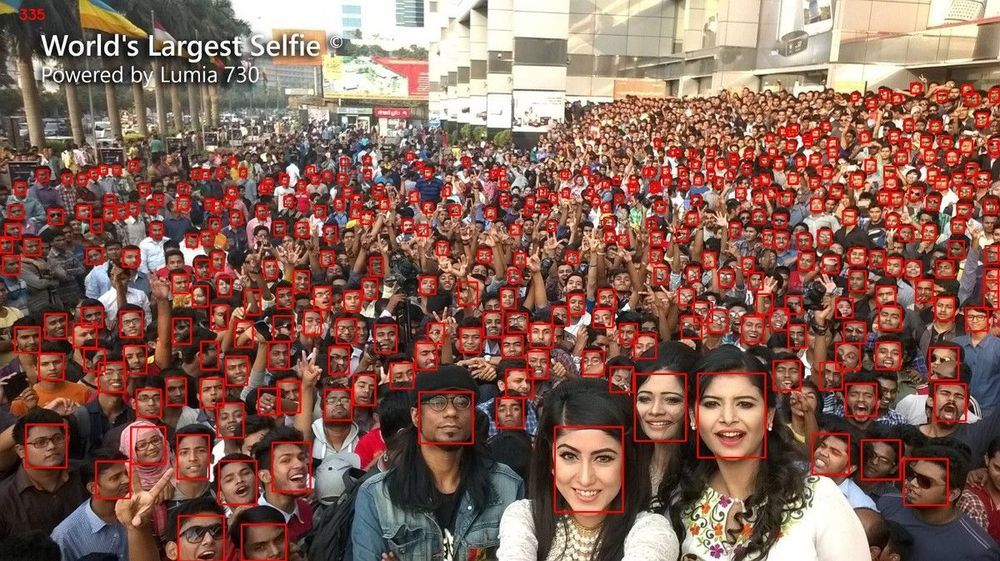But the very features of AI that have allowed it to be so successful in other arenas also make it dangerous when applied to the financial world. These threats mirror the problems that created the last financial crisis — when complex derivatives and poorly understood subprime mortgages sent the world into a deep depression — and must be taken seriously.
As AI gains a foothold on Wall Street it could fundamentally change the way our financial system works. It could also cause financial chaos.
